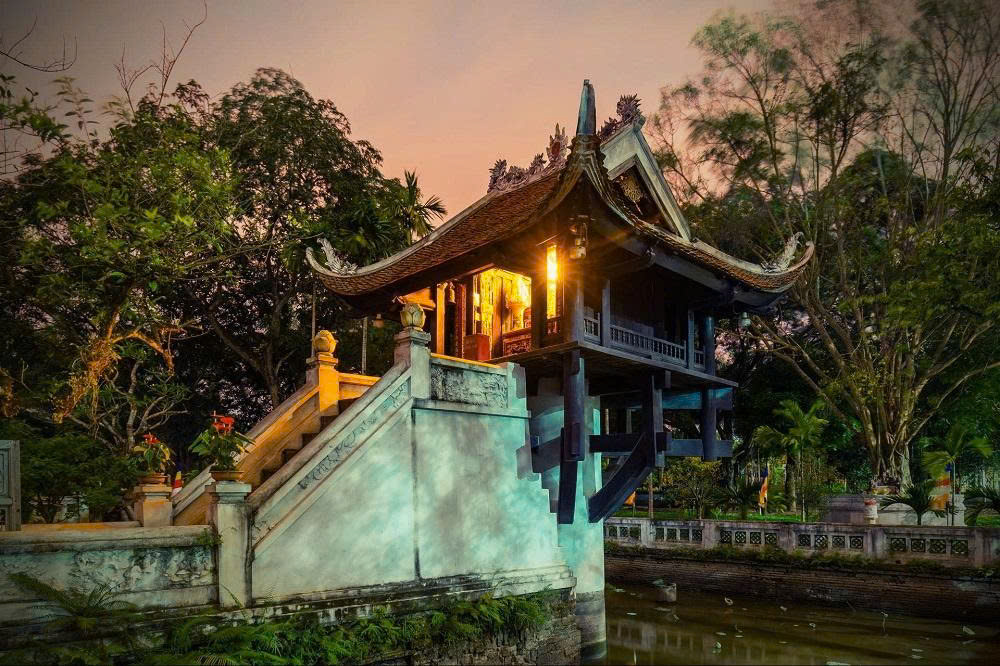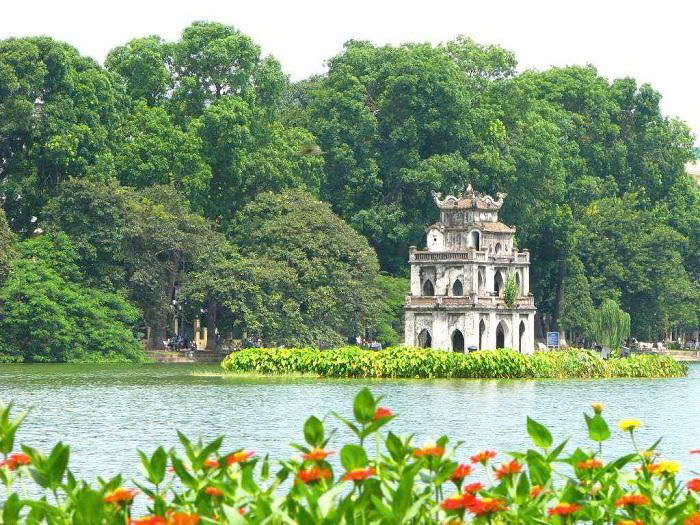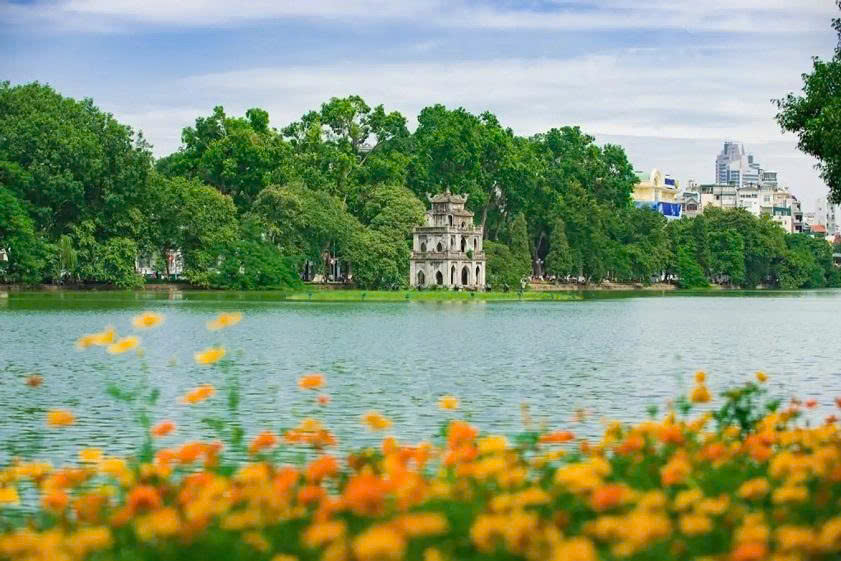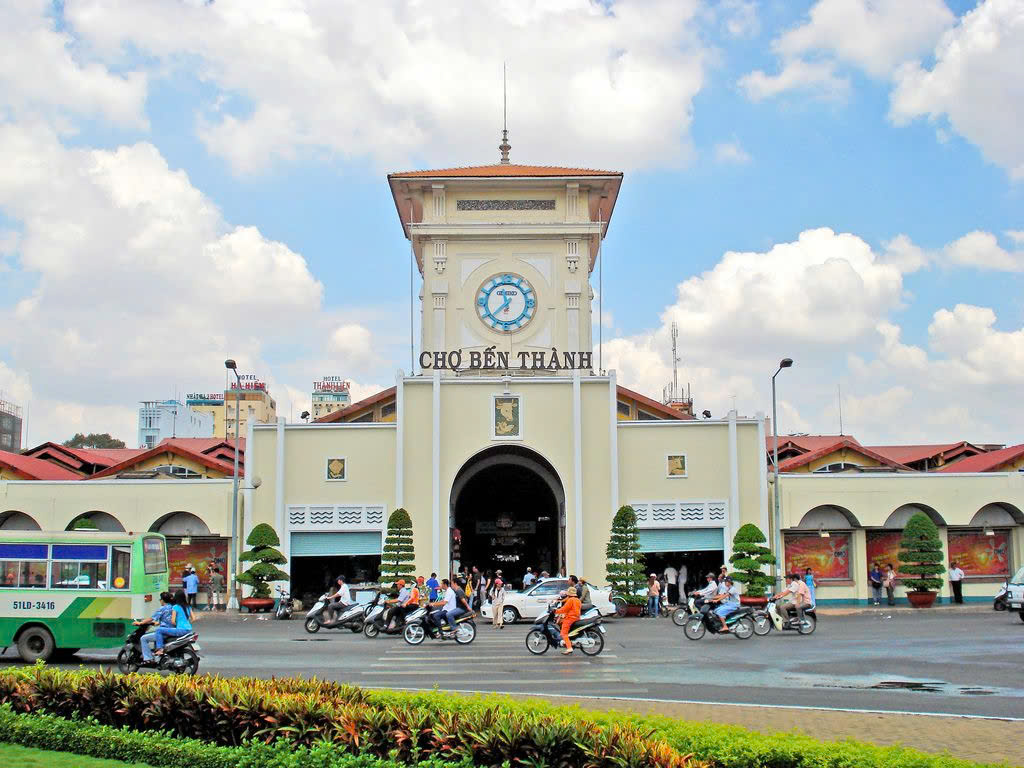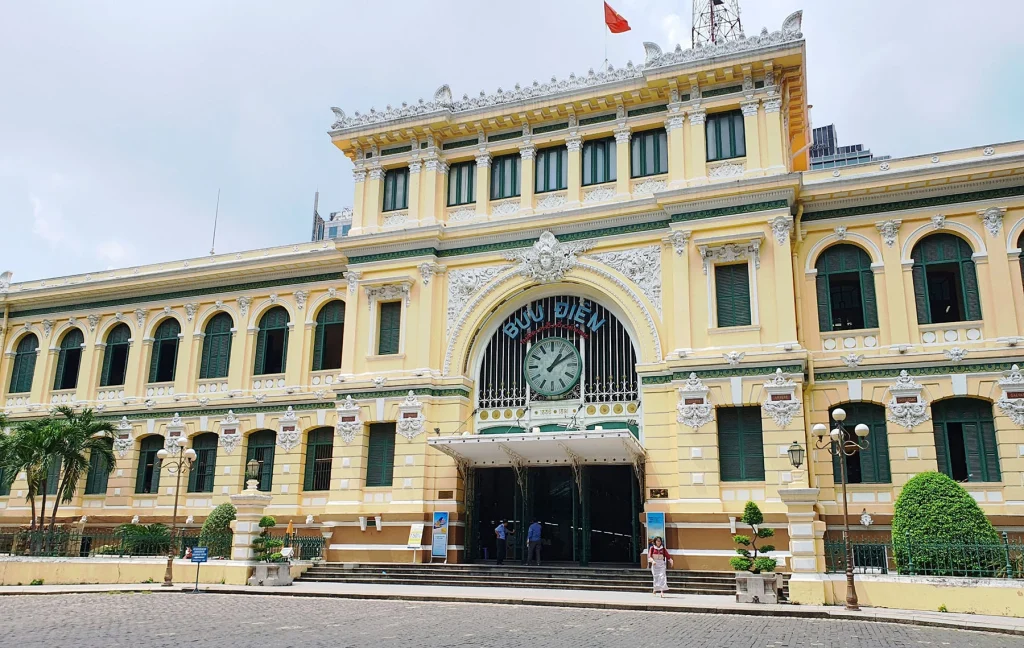Hanoi, the ancient capital of Vietnam, is often lauded for its bustling Old Quarter, serene Hoan Kiem Lake, and iconic landmarks like Ho Chi Minh Mausoleum. Yet, beyond the well-trodden paths lies a spiritual tapestry woven with lesser-known, equally captivating temples and pagodas. For travelers seeking a more authentic and tranquil experience, venturing into these “hidden temples” offers a unique window into Vietnamese culture, history, and spiritual life.
This article will take you off the conventional tourist trail, revealing sacred sites where time seems to slow down, and the echoes of centuries past resonate with a profound sense of peace. Prepare to discover the untold stories and architectural wonders that many visitors overlook.
Why Seek Out Hanoi’s Hidden Temples?
While popular sites like Tran Quoc Pagoda or the Temple of Literature (Van Mieu – Quoc Tu Giam) are undoubtedly magnificent, exploring Hanoi’s hidden temples offers distinct advantages:
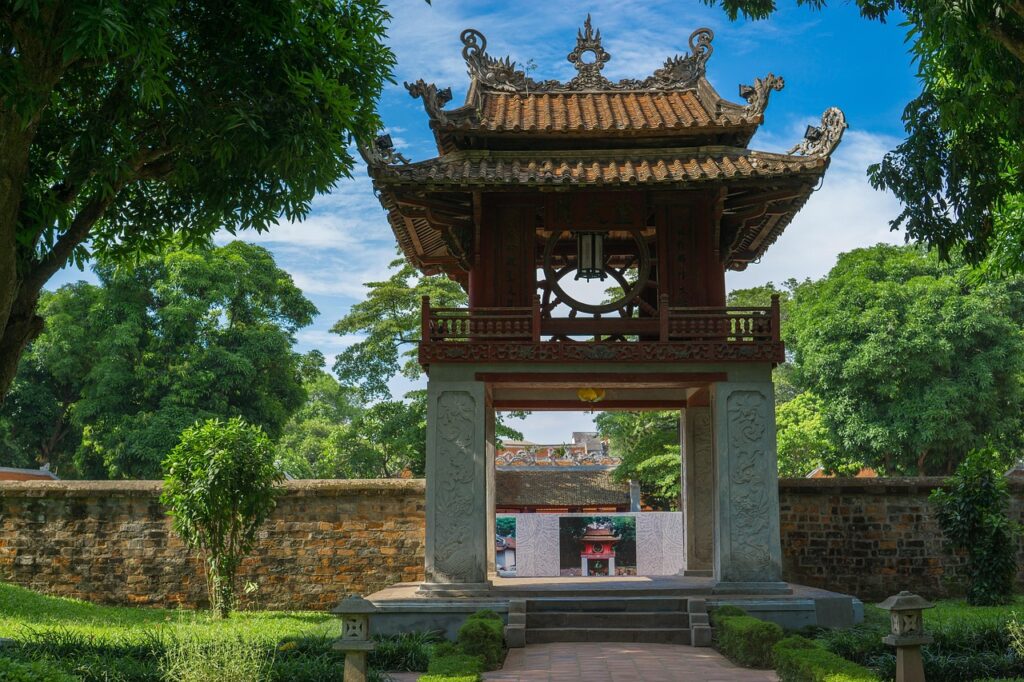
- Escape the Crowds: Experience a more intimate atmosphere, free from the throngs of tourists, allowing for genuine reflection and appreciation.
- Deeper Cultural Immersion: Connect with local devotees, observe traditional rituals, and gain a more authentic understanding of Vietnamese spiritual practices.
- Uncover Untold Stories: Many of these temples hold fascinating histories, legends, and architectural quirks that are not widely publicized.
- Support Local Heritage: Visiting and appreciating these sites can contribute to their preservation and the continuation of local traditions.
- Find Serenity: Discover pockets of tranquility amidst the city’s vibrant energy, offering a peaceful retreat for mind and soul.
RELATED: The 15 Best Coffee Shops in Hanoi You Must Visit
Top Hidden Temples and Pagodas to Explore in Hanoi
Prepare to embark on a journey of discovery. While “hidden” is subjective, these temples often require a little more effort to find, or are simply less frequented by typical tourist groups.
Kim Lien Pagoda: The Ancient Lotus Temple by West Lake
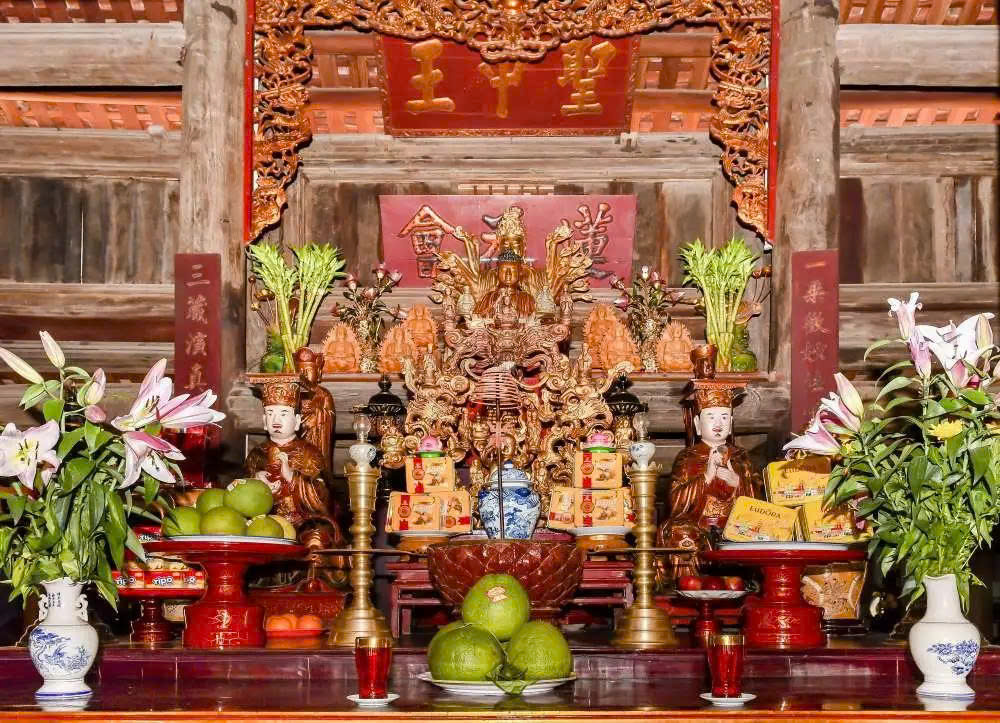
Nestled gracefully on a small peninsula of West Lake (Ho Tay), Kim Lien Pagoda (Chùa Kim Liên) is a true architectural marvel often overshadowed by its more famous neighbor, Tran Quoc. Dating back to the 11th century, its name, meaning “Golden Lotus,” reflects its historical beauty. The pagoda boasts intricate wooden carvings, ancient stelae, and a serene ambiance that invites contemplation. Its unique, somewhat secluded location adds to its hidden charm.
- Location & How to Get There: Situated on Ngu Xa Peninsula, Tay Ho District. Easily accessible by taxi, ride-sharing apps, or a leisurely walk/bike ride around West Lake.
- Historical Significance: One of the Four Sacred Temples of ancient Thang Long (Hanoi), its architecture reflects various dynasties.
- What Makes it “Hidden”? Its slightly out-of-the-way location on the peninsula, combined with the immense popularity of Tran Quoc, often means fewer visitors.
Quan Thanh Temple: Guardian of the North

While relatively known, Quan Thanh Temple (Đền Quán Thánh) often gets a quick glance from tourists but rarely a deep exploration. Dedicated to Huyen Thien Tran Vu, one of the Four Immortals and a Taoist deity who helped ancient Vietnamese repel invaders, this temple is a powerful guardian. Its most striking feature is a massive, bronze statue of Tran Vu weighing four tons, dating back to 1677. The temple’s grand entrance and ancient trees exude a solemn, mystical aura.
- Address & Accessibility: Situated at the junction of Thanh Nien Road and Quan Thanh Street, it’s just a short distance from West Lake and Truc Bach Lake.
- The Legend of Huyen Thien Tran Vu: Explore the fascinating myths surrounding this deity and his role in protecting Hanoi.
- Best Time to Visit: Early morning or late afternoon for a quieter experience.
Lang Pagoda: A Gem of Ly Dynasty Architecture
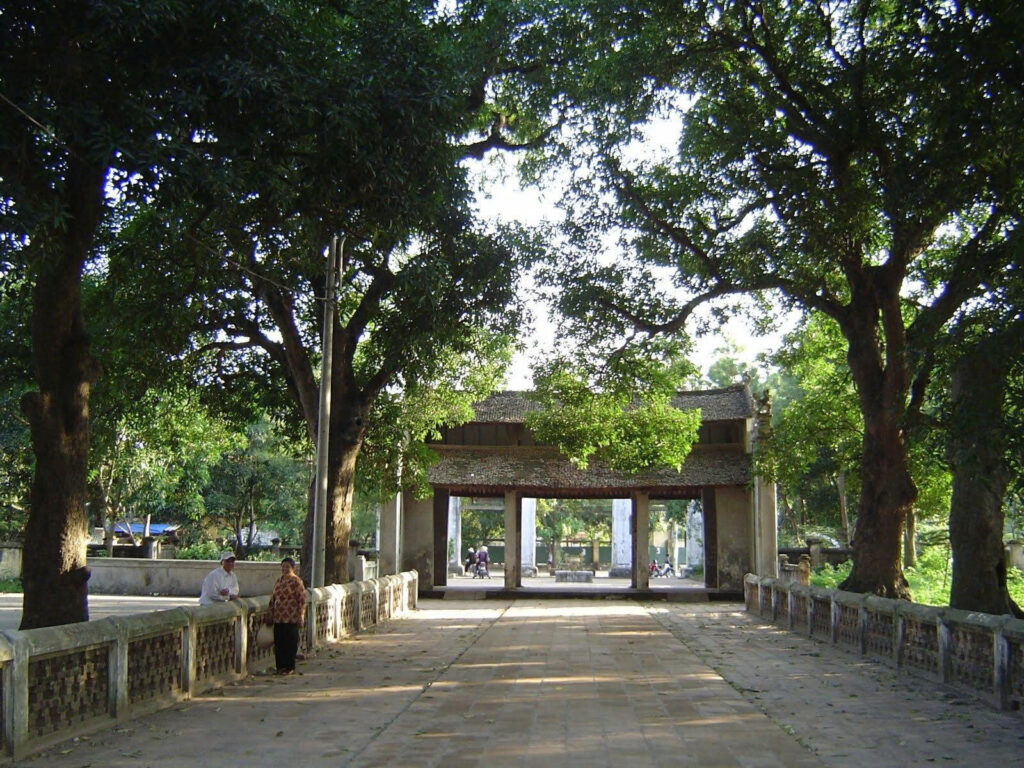
Tucked away in what was once the outskirts of the ancient city, Lang Pagoda (Chùa Láng) is a testament to sophisticated Ly Dynasty (1009-1225) architecture. Dedicated to Buddhist monk Tu Dao Hanh, its intricate wooden structures, ancient trees, and peaceful courtyards offer a tranquil escape. The pagoda is famous for its large collection of statues and its unique layout.
- Brief History: Learn about its construction during the Ly Dynasty and its enduring legacy.
- Unique Features to Look For: Pay attention to the intricate carvings, the statues, and the ancient bell.
- Surrounding Area Insights: Discover the local life around the pagoda, offering a glimpse into everyday Hanoi.
Phung Khoang Pagoda: A Village Temple in the City
Phung Khoang Pagoda (Chùa Phùng Khoang), located in the Trung Van ward, offers a glimpse into a traditional Vietnamese village temple, despite now being surrounded by urban development. It retains a strong community feel, with local residents frequently visiting for prayers and ceremonies. Its peaceful grounds, ancient trees, and traditional architecture make it a charming find for those willing to venture slightly further south of the city center.
- Its Rural Charm: Experience a slice of traditional Vietnamese village life within the bustling city.
- Community Activities: You might observe locals engaging in rituals or community gatherings.
RELATED: Discover Hanoi 3 days 2 nights: Detailed Itinerary
One Pillar Pagoda (Chùa Một Cột) – A Different Perspective

While One Pillar Pagoda is a famous landmark, many tourists only view it from the outside or spend a few quick moments. To truly appreciate its historical and spiritual significance, and to understand its role within the wider Diên Hựu Pagoda complex, consider exploring the surrounding grounds more deeply. The intricate carvings and the unique architecture of the larger complex, often missed by a quick visit, reveal a more “hidden” understanding of this iconic site.
- Its Symbolism: Understand why it’s built to resemble a lotus blossoming from water.
- Exploring the Larger Complex: Discover the less-visited parts of the Diên Hựu Pagoda.
Practical Tips for Your Hidden Temple Adventure
To ensure a respectful and rewarding experience when visiting Hanoi’s sacred sites:
Respectful Dress Code & Etiquette
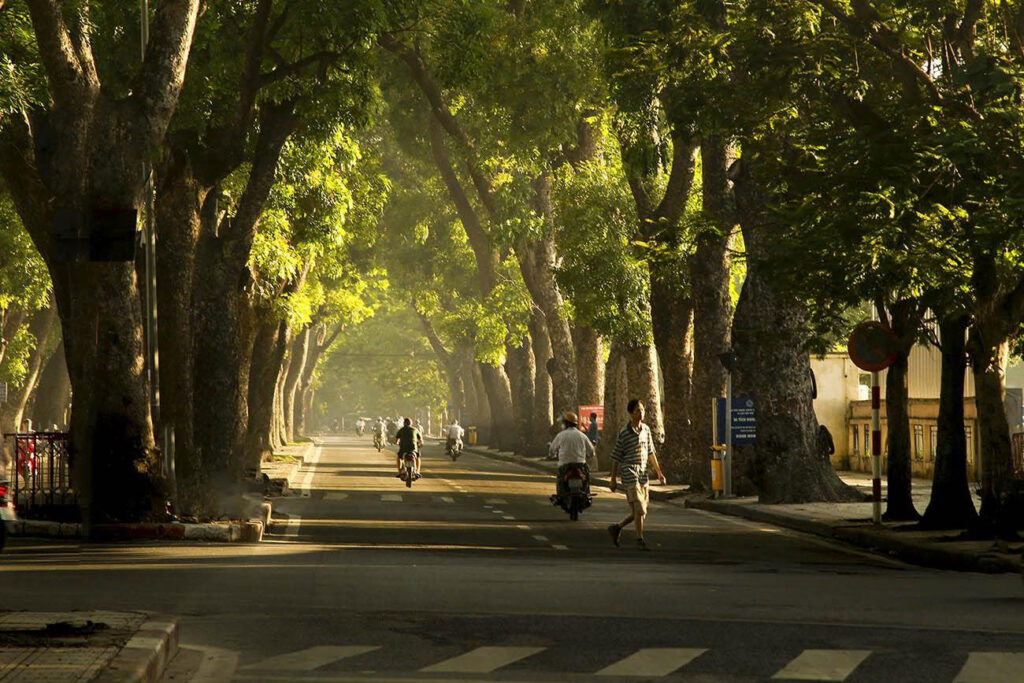
- Dress Modestly: Always wear clothing that covers your shoulders and knees. This applies to both men and women.
- Remove Shoes: Take off your shoes before entering the main worship halls.
- Speak Softly: Maintain a quiet demeanor and avoid loud conversations.
- Ask Permission for Photos: While generally allowed, it’s polite to ask monks or staff before taking pictures, especially of people or during ceremonies.
- Don’t Touch Offerings: Refrain from touching any offerings placed on altars.
Navigating Hanoi’s Streets to Find Them

- Using Ride-Sharing Apps: Grab or Xanh SM are excellent for navigating to specific addresses.
- Public Transport Options: For some temples, local buses might be an option, but often require more walking.
- Consider a Local Guide: For a truly immersive experience and to uncover deeper stories, hiring a local guide who knows these hidden gems can be invaluable. They can share insights not found in guidebooks.
Combining Your Visits with Local Food & Experiences
Many hidden temples are located within local neighborhoods. Don’t miss the opportunity to:
- Sample Local Delicacies: Look for street food stalls or small local eateries (quán ăn) nearby.
- Explore Local Markets: Discover the vibrant atmosphere of a Vietnamese wet market.
- Engage with Locals: A friendly smile and a few basic Vietnamese phrases can open doors to memorable interactions.
RELATED: 20 Unforgettable Things to Do in Hanoi, Vietnam
Visiting the hidden temples of Hanoi is more than just sightseeing; it’s an invitation to connect with the city’s soul, history, and spiritual heartbeat. Each brick, every statue, and the quiet reverence within these ancient walls tell a story that transcends time. By venturing off the typical tourist path, you not only discover architectural beauty but also gain a deeper appreciation for the profound cultural heritage of Vietnam.
So, on your next trip to Hanoi, carve out some time. Let curiosity be your guide, and allow yourself to be enchanted by the serene beauty and quiet wisdom of these truly special, hidden sanctuaries. Your journey into the heart of Hanoi’s spirituality awaits.

